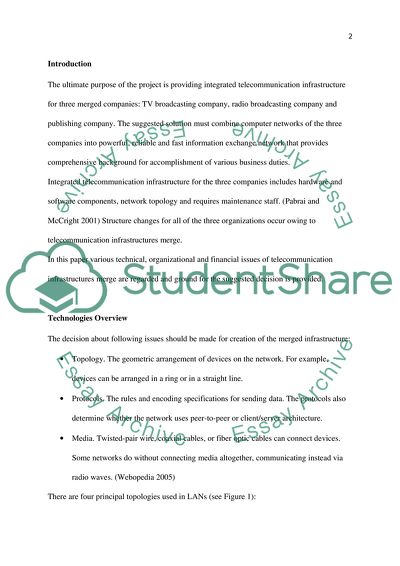Cite this document
(“Providing Integrated Telecommunication Infrastructure for Three Merged Essay”, n.d.)
Retrieved from https://studentshare.org/technology/1514539-technical-report-in-setting-up-a-telecommunications-network-from-a-case-study
Retrieved from https://studentshare.org/technology/1514539-technical-report-in-setting-up-a-telecommunications-network-from-a-case-study
(Providing Integrated Telecommunication Infrastructure for Three Merged Essay)
https://studentshare.org/technology/1514539-technical-report-in-setting-up-a-telecommunications-network-from-a-case-study.
https://studentshare.org/technology/1514539-technical-report-in-setting-up-a-telecommunications-network-from-a-case-study.
“Providing Integrated Telecommunication Infrastructure for Three Merged Essay”, n.d. https://studentshare.org/technology/1514539-technical-report-in-setting-up-a-telecommunications-network-from-a-case-study.


